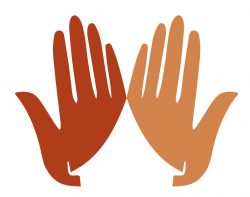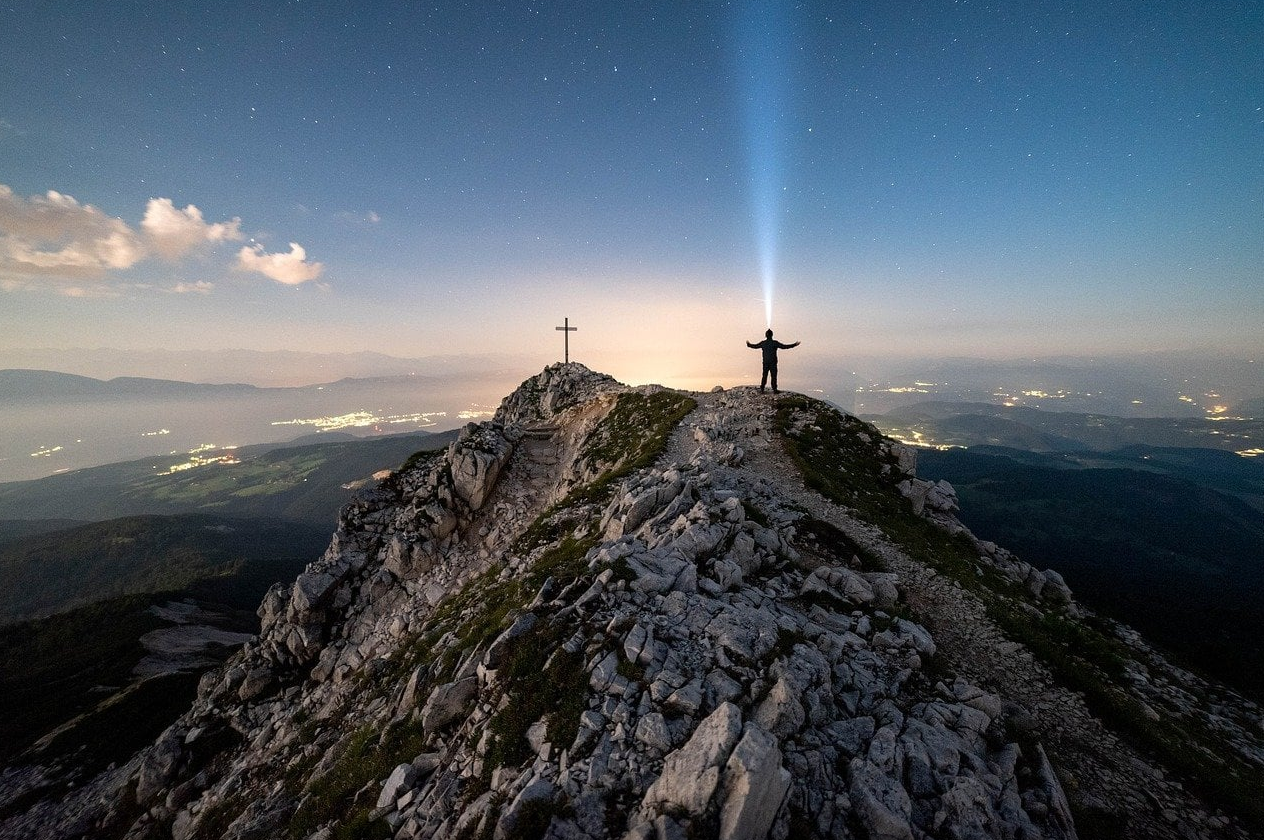Our lives are full of challenges, big and small. All of us know that there is no real escaping from challenge in life. The only real thing to do is to take those challenges and learn from them. But there is something about putting challenge into perspective.
In the Buddhist tradition we have a fundamental practice called the 8 Fold Path. This looks at all aspects of life, from a spiritual perspective. Some concepts in Buddhism can be seen as rather impenetrable. This is a shame as the spirituality is actually very grounded in nature and hopefully by the end of this show, you will see why.
The path starts and end with something called right view. We can see this as our ultimate goal in life. The ultimate target to aim for. It is interesting though that right view is seen both as the starting point and as the cultivation. How can the final thing we are aiming at, also be our starting point?
So, the best way to explain this is to think about a real journey you are making. Let say you are looking to drive from Taunton to Edinburgh. Not an insignificant drive and probably needs planning. But, one things for sure, you need that target. You have to ‘know’ you are heading for Edinburgh so, in a sense this shows why the path starts and ends with right view. But, we must also understand that right-view isn’t a fixed and solid thing. It will change for us during our spiritual practice. As we mature through meditation and mindfulness our understanding of the path will change. Again, we can get a flavour of this from the perspective of our journey to Edinburg. When we first set out from Taunton, we won’t need to know the detail of the street maps with Edinburgh. We simply need to know that we must head North on the M5. At this stage in our journey, the Buddhist 8 Fold Path is very much like this. We need to know that we are heading in basically the right direction. But in a way, it is more than that. We need a general awareness of the direction required and we need to ‘choose’ to make the journey. The initial miles of our journey to Edinburgh may well prove to be our downfall. If there is heavy traffic, we may choose to turn around and try again another day. But as we progress through the journey and our destination is closer, our resolve to reach it increases. Probably the halfway mark is a key point. Once we are past that point, it is of course further to turn around and go back. From this point, it is almost as if we are ‘drawn’ towards the destination.
The Buddhist path is very similar. The more we practice, the more we are drawn in. There is a point where it becomes almost irresistible. We call this stream entering. If you think of a stream that you are wading across. As you wade in deeper, the current gets stronger and carries you along with it.
As we progress through right view, we may have to start to let go of some of the things that we have built our spiritual practice around. Slowly, the importance around things that we have held on to will start to lessen.
Right view won’t necessarily manifest to us when we are sat in meditation. Meditation creates the right ‘shape of mind’, what I call mind tone, for a creativity and spiritual insight to occur. (It took me about 3 years of practice before I began to see something of my ‘right view’. My personal understanding is that my life is about compassionate service. Most of what I do, comes from and is driven from this these days. )
So, how to we figure out our direction. What is the right view? The Buddha couldn’t tell us what right view is. No one can. Because it is a felt thing rather than a knowing thing. All of us are infinitely different to each other so all of us will have a slightly different perception of right view. But, the Buddha did give us some advice on how to investigate and work with it.
To look at right view in Buddhist practice, we often use the word ‘wholesome’. So we can look at our thoughts and actions and ask if they are wholesome practices. What do we mean but wholesome and unwholesome? I personally believe we all intuitively know what is wholesome thought. What is skilful thought. What is ethical or moral thought. Sometimes, we make a mistake. Perhaps we tell an untruth. But, perhaps we also find a way to justify and explain our behaviour and this maybe makes us feel better about ourselves. Perhaps we do this in a way which is visible to others and we feel even better about ourselves when they accept our justification and explanation. But under the surface, if we are totally honest with ourselves, we still know we behaved in an unwholesome, unskilful way.
Buddhist practice is entirely about self. No one is watching, no one is judging. In many ways, this is much tougher as we will have to maintain our resolve, personally, to keep on the path. To think wholesome and skilful thoughts. But if we are to take the path, this is the only way.
In truth there are many thousands of examples of unwholesome and unskilful thinking and behaviour here but the Buddha gave us a list as a starting point.
• Destroying life
• Taking what is not given
• Wrong conduct in regard to sense pleasures
• False speech
• Slanderous speech
• Harsh speech
• Idle chatter
• Covetousness (Leading to jealousy)
• Ill will
As we progress our understanding of both right view and wrong view will become more subtle. Life gets complex. In order to avoid hurting one person, we sometimes end up hurting others. Learning to pick our way through this gets very difficult.A
But when we follow this path we find that we start to ‘feel’ something. To feel a difference in our life and our understanding of it. This is called the ‘ripenings’. All of these unwholesome actions (and their opposites the wholesome ones) are all driven by the mind and they all leave an imprint on the mind. This is therefore very simple. When we choose to follow a right view, we are stepping away from unwholesome actions which damage the mind and cause us suffering and towards wholesome actions which ripen in the mind and give us happiness.
The mind of compassion and creativity is spacious, open, relaxed, outward looking. The opposite of this feels constrained, tight, tense, closed.
Think about when you last had a nice relaxed day. How big was your mind? Now a day which didn’t go so well. How did your mind feel then?
Contemplation – a healthy exercise. Meditation leads to a contemplative frame of mind. To help us form our right view, we can use this frame of mind. Following a meditation, we can sit gently and just contemplate what kind of life we wish to lead. Just noting the nature of the thoughts that come up. The ‘feeling’ of our life. Some material things may come up. Houses, career, holidays, belongings. Try to let these go and think outside of this. Perhaps consider how you will feel on the last days of your life, looking backward. What do you want to see at this point. What sort of life will you want to have lived

